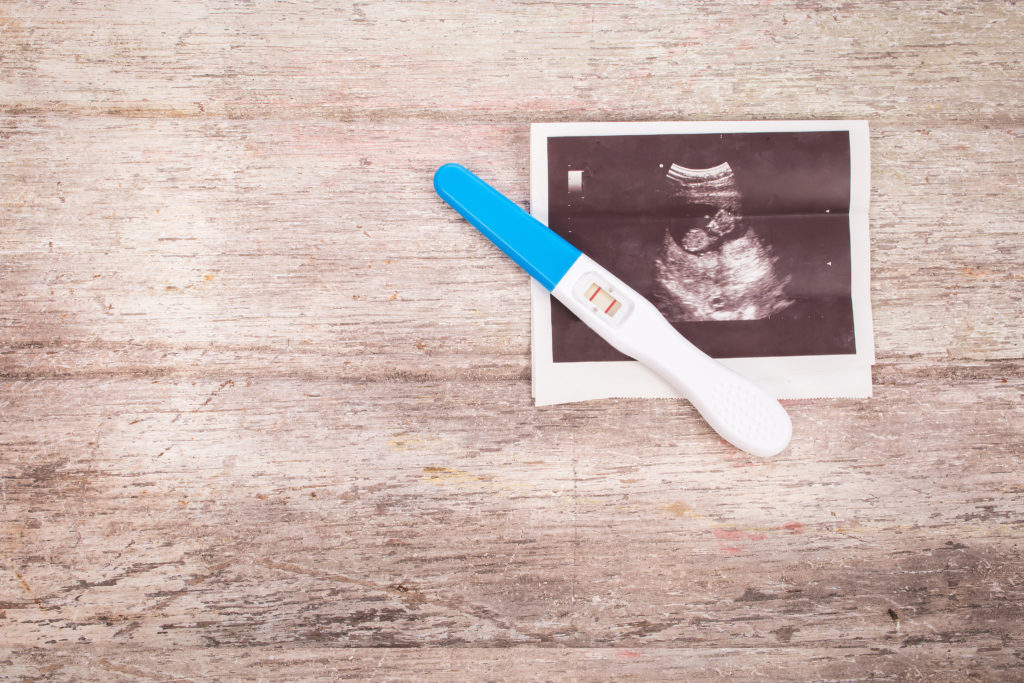Decoding the Medical Lingo in Pregnancy
There are so many words used in the medical field that it is no wonder you feel bamboozled when confronted with it and the maternity system is no different! So I have decoded a few of the most confusing terms, tests and times for you below. Feel free to comment or message if you have others you want decoded.

Gestation – How many weeks you are.
Primip/Multip – First time mumma/More than first time mumma
Nuchal Translucency – An ultrasound performed between 11 and 14weeks gestation, whereby the sonographer will look at your baby and check all its limbs and organs that can be seen at this early stage. The main purpose of this scan is to see and measure the nuchal fold, the small portion of skin on the back of babies neck, this is combined with the results of a blood test to give a likelihood of some chromosomal abnormalities such as Trisomy 21 (Downs Syndrome), Trisomy 18 (Edwards Syndrome) and Trisomy 13 (Patau Syndrome). It will also determine a Papp-A (pregnancy associated plasma protein A) score in conjunction with your blood test results. This is linked to placenta function and if found to be low may be an indicator for your care provider to keep a slightly closer eye on your babies size and how your placenta is coping at the end of your pregnancy, you may be offered induction and growth scans which you can accept or decline.
This scan is used to identify chromosomal abnormalities early in pregnancy to give parents notification earlier rather than later. This scan will NOT pick up all physical abnormalities which is why a morphology scan is recommended at 18-20weeks when bub is a little bigger.

NIPT – This is an alternative test to the Nuchal Translucency Scan, or a next line of investigation prior to more invasive and higher risk procedures after a Nuchal is found to be high risk due to its more accurate risk assessment. This is a blood test performed on mum whereby the foetal cells are examined providing a high level of accuracy for the 3 major chromosomal abnormalities. This test can also provide a high level of accuracy for sex determination of baby depending on sex of baby. If it comes back with male dna you are pretty safe to say you are having a boy, a girl does have the possibility of a mix up with you also being female.
Amniocentisis – This is a test whereby amniotic fluid is removed and tested to see if there are chromosomal issues with bub. This is a test best discussed in detail with a care provider if it is being recommended and then researched independently. There are a number of helpful and informative resources on Queensland Health and hospital resources.
Morphology – This is an ultrasound performed at 18-20weeks (about 6 months pregnant). This has a thorough look at your baby. It’s whole body, that everything is normal and where it should be, their organs are the right size etc. This scan will also have a look at your cervix to ensure it is closed and the position of your placenta, is it at the front or the back and is it away from your cervix? If your placenta is on the lower side it may be that you are recommended to have a further scan to check its position again. If your placenta is over your cervix your baby will not be able to get out that way, so discussion will be required around delivery method. The placenta will usually move up from 20weeks though as your uterus grows and moves upward and away from the cervix.
GTT – Glucose Tolerance Test – This is a number of blood tests that will help to identify whether or not you have gestational diabetes. Why is this important? If you have gestational diabetes it affects how your body reacts to sugar and carbs and affects your body’s ability to produce and utilize insulin. This is turn has an affect on baby and can mean that baby gets higher doses of sugar and grows bigger than bub would have normally. Not only this, as babies insulin and sugar intake is controlled by mum during the pregnancy if these are not monitored and controlled it can make it difficult for bub to adjust to maintaining their own levels when they are born. This results in bub requiring blood sugar monitoring for the first day of life and if they are struggling to maintain their own levels may require a trip to the nursery. Some women with previous gestational diabetes, high incidence of diabetes in their families or of cultural groups that are a higher risk of gestational diabetes may be asked to complete the test earlier than the normal 28weeks.
There are also alternatives to this test including doing your blood sugar levels 4 times a day for a week and then having them assessed or a HbA1c (a cumulative blood sugar blood test). Your care provider needs to be supportive and confident reading the results or have someone who is to make an accurate diagnosis or gestational diabetes or not.

Doppler – The cute little device that midwives use to listen to your babies heartrate in appointments and during birth.
CTG – Cardiotocograph, a device that measures pressure in your abdomen (so can measure contractions to a degree) and your babies heart rate continuously. These can be corded or cordless and are recommended for a number of deviations from normal during labour and birth. You are able to accept or decline its use whereby a doppler will continue to be used.
PET – Pre Eclampsia – A condition that can arise quickly and cause numerous issues for mum and bub. It causes blood pressure changes, blood changes and body changes for mum. It can also affect babies size and their placentas function. If you are deemed Pre Eclamptic or Eclamptic, often there will be monitoring, perhaps a hospital stay or delivery of bub depending on the severity and how many weeks you are.
Induction – Not a quick process to have bub necessarily, this involves a number of steps which can result in days going past prior to baby being born. The first step is to ripen the cervix enough to allow for membranes release. This can involve hormone tapes, gels or a balloon inserted and sitting in the cervix to stimulate your body to start the labour process. The second step is an amniotomy (membranes being released by care providers) often closely followed by a hormone drip to stimulate contractions. It’s always important to remember to ask about the benefits and risks or each step and negotiate this process in the best possible way for you and your baby.
This is only a taste of the weird and wacky terms used in the mystical world of Maternity. If you have more, I would love to hear them and create another post. If you want to discuss your circumstances, enter your email to receive a Free Phone Consult.


Great content! Super high-quality! Keep it up! 🙂
I am really thankful to the owner of this web site who has shared
this great piece of writing at here.
Hello there! This article could not be written any better!
Looking through this post reminds me of my previous roommate!
He constantly kept preaching about this. I will send this
post to him. Pretty sure he’s going to have a very good read.
Thank you for sharing!